Background
Edward B. Tylor was born in London into a prosperous Quaker family.


(This work has been selected by scholars as being cultural...)
This work has been selected by scholars as being culturally important, and is part of the knowledge base of civilization as we know it. This work was reproduced from the original artifact, and remains as true to the original work as possible. Therefore, you will see the original copyright references, library stamps (as most of these works have been housed in our most important libraries around the world), and other notations in the work.This work is in the public domain in the United States of America, and possibly other nations. Within the United States, you may freely copy and distribute this work, as no entity (individual or corporate) has a copyright on the body of the work.As a reproduction of a historical artifact, this work may contain missing or blurred pages, poor pictures, errant marks, etc. Scholars believe, and we concur, that this work is important enough to be preserved, reproduced, and made generally available to the public. We appreciate your support of the preservation process, and thank you for being an important part of keeping this knowledge alive and relevant.
http://www.amazon.com/gp/product/1354589955/?tag=2022091-20

(This is a pre-1923 historical reproduction that was curat...)
This is a pre-1923 historical reproduction that was curated for quality. Quality assurance was conducted on each of these books in an attempt to remove books with imperfections introduced by the digitization process. Though we have made best efforts - the books may have occasional errors that do not impede the reading experience. We believe this work is culturally important and have elected to bring the book back into print as part of our continuing commitment to the preservation of printed works worldwide. This text refers to the Bibliobazaar edition.
http://www.amazon.com/gp/product/1113455608/?tag=2022091-20
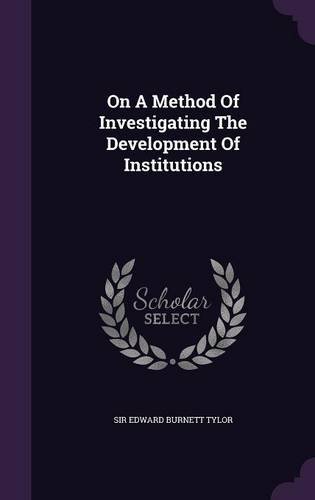
( This work has been selected by scholars as being cultura...)
This work has been selected by scholars as being culturally important, and is part of the knowledge base of civilization as we know it. This work was reproduced from the original artifact, and remains as true to the original work as possible. Therefore, you will see the original copyright references, library stamps (as most of these works have been housed in our most important libraries around the world), and other notations in the work. This work is in the public domain in the United States of America, and possibly other nations. Within the United States, you may freely copy and distribute this work, as no entity (individual or corporate) has a copyright on the body of the work. As a reproduction of a historical artifact, this work may contain missing or blurred pages, poor pictures, errant marks, etc. Scholars believe, and we concur, that this work is important enough to be preserved, reproduced, and made generally available to the public. We appreciate your support of the preservation process, and thank you for being an important part of keeping this knowledge alive and relevant.
http://www.amazon.com/gp/product/1342596773/?tag=2022091-20
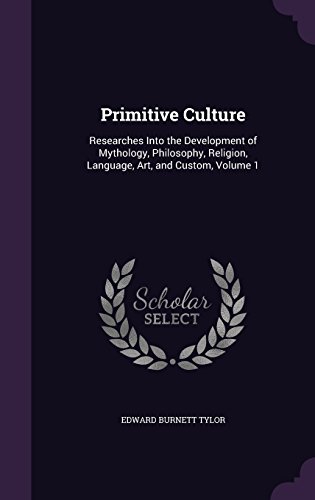
(This work has been selected by scholars as being cultural...)
This work has been selected by scholars as being culturally important, and is part of the knowledge base of civilization as we know it. This work was reproduced from the original artifact, and remains as true to the original work as possible. Therefore, you will see the original copyright references, library stamps (as most of these works have been housed in our most important libraries around the world), and other notations in the work. This work is in the public domain in the United States of America, and possibly other nations. Within the United States, you may freely copy and distribute this work, as no entity (individual or corporate) has a copyright on the body of the work.As a reproduction of a historical artifact, this work may contain missing or blurred pages, poor pictures, errant marks, etc. Scholars believe, and we concur, that this work is important enough to be preserved, reproduced, and made generally available to the public. We appreciate your support of the preservation process, and thank you for being an important part of keeping this knowledge alive and relevant.
http://www.amazon.com/gp/product/1340828294/?tag=2022091-20
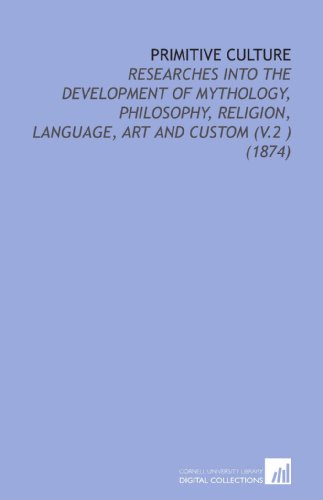
(Originally published in 1874. This volume from the Cornel...)
Originally published in 1874. This volume from the Cornell University Library's print collections was scanned on an APT BookScan and converted to JPG 2000 format by Kirtas Technologies. All titles scanned cover to cover and pages may include marks notations and other marginalia present in the original volume.
http://www.amazon.com/gp/product/111219097X/?tag=2022091-20

(This is a reproduction of a book published before 1923. T...)
This is a reproduction of a book published before 1923. This book may have occasional imperfections such as missing or blurred pages, poor pictures, errant marks, etc. that were either part of the original artifact, or were introduced by the scanning process. We believe this work is culturally important, and despite the imperfections, have elected to bring it back into print as part of our continuing commitment to the preservation of printed works worldwide. We appreciate your understanding of the imperfections in the preservation process, and hope you enjoy this valuable book. ++++ The below data was compiled from various identification fields in the bibliographic record of this title. This data is provided as an additional tool in helping to ensure edition identification: ++++ Anthropology: An Introduction To The Study Of Man And Civilization; Volume 62 Of International Scientific Series Sir Edward Burnett Tylor D. Appleton, 1894 Anthropology; Civilization
http://www.amazon.com/gp/product/1246083760/?tag=2022091-20
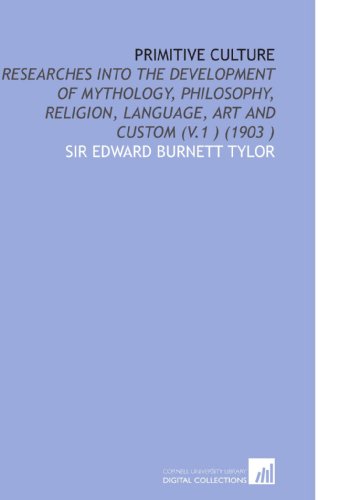
(Originally published in 1903. This volume from the Cornel...)
Originally published in 1903. This volume from the Cornell University Library's print collections was scanned on an APT BookScan and converted to JPG 2000 format by Kirtas Technologies. All titles scanned cover to cover and pages may include marks notations and other marginalia present in the original volume.
http://www.amazon.com/gp/product/1112532188/?tag=2022091-20

(This book was originally published prior to 1923, and rep...)
This book was originally published prior to 1923, and represents a reproduction of an important historical work, maintaining the same format as the original work. While some publishers have opted to apply OCR (optical character recognition) technology to the process, we believe this leads to sub-optimal results (frequent typographical errors, strange characters and confusing formatting) and does not adequately preserve the historical character of the original artifact. We believe this work is culturally important in its original archival form. While we strive to adequately clean and digitally enhance the original work, there are occasionally instances where imperfections such as blurred or missing pages, poor pictures or errant marks may have been introduced due to either the quality of the original work or the scanning process itself. Despite these occasional imperfections, we have brought it back into print as part of our ongoing global book preservation commitment, providing customers with access to the best possible historical reprints. We appreciate your understanding of these occasional imperfections, and sincerely hope you enjoy seeing the book in a format as close as possible to that intended by the original publisher.
http://www.amazon.com/gp/product/B00ARVE396/?tag=2022091-20
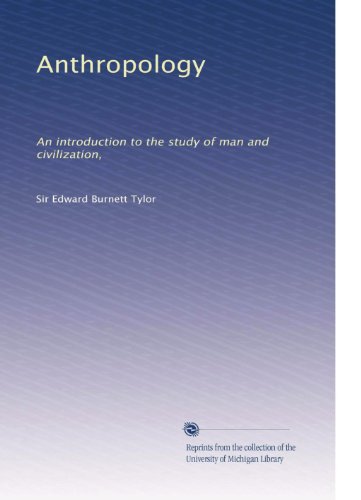
( This is a reproduction of a book published before 1923....)
This is a reproduction of a book published before 1923. This book may have occasional imperfections such as missing or blurred pages, poor pictures, errant marks, etc. that were either part of the original artifact, or were introduced by the scanning process. We believe this work is culturally important, and despite the imperfections, have elected to bring it back into print as part of our continuing commitment to the preservation of printed works worldwide. We appreciate your understanding of the imperfections in the preservation process, and hope you enjoy this valuable book. ++++ The below data was compiled from various identification fields in the bibliographic record of this title. This data is provided as an additional tool in helping to ensure edition identification: ++++ Anthropology: An Introduction To The Study Of Man And Civilization; Volume 62 Of International Scientific Series Edward Burnett Tylor D. Appleton and Company, 1919 Anthropology; Civilization
http://www.amazon.com/gp/product/B0039YQ684/?tag=2022091-20
Edward B. Tylor was born in London into a prosperous Quaker family.
He was privately educated and because of ill health was excused from entering the family business.
In 1855 he traveled to Latin America and there met a fellow English Quaker and amateur antiquarian, Henry Christy; they toured Mexico in search of ancient artifacts. In 1861 Tylor published Anahuac, in which he speculated on Mexico's ancient past. He joined the Royal Anthropological Society and independently studied primitive societies, publishing Researches into the Early History of Mankind and the Development of Civilization (1865) and his most famous study, Primitive Culture (1871). The latter had an instant impact on social theorists, and Tylor was elected a fellow of the Royal Society the same year. A condensed account of his theories appeared in Anthropology (1881). In 1883 Tylor became keeper of the University Museum at Oxford, where he later lectured on anthropological subjects, and in 1896 the first chair of anthropology in the English-speaking world was created for him at Oxford, a post he held until his retirement in 1909. The latter half of his career saw few publications and little modification of his initial positions. Perhaps his most notable achievement for us today is his brief essay "On a Method of Investigating the Development of Institutions, " which appeared in the Journal of the Royal Anthropological Institute (1888), the first serious attempt to use statistical information to substantiate and generate social anthropological theories. Tylor was an armchair anthropologist, uninterested in carrying out actual fieldwork with primitive peoples but keen on following the investigations of others. For him progress was linked with rationalism, and anthropology was to teach and correct contemporary aberrations of mankind by exposing the irrational survivals from the past adhering to modern social behavior. Tylor is generally credited with being the most influential expositor of the concept of animism (the idea that primitive men endow all things with vital supernatural powers) and the concept of survivals (that irrational, superannuated practices and beliefs continue past their period of usefulness). He was committed to historical reconstruction of the past by examining primitive societies which were thought to resemble prehistoric ones, but this was mainly to enable him to understand the nature of progress and to expunge nonrational, primitive elements from modern life; it was not to demonstrate the rich variety of human cultures. Tylor's early career showed an emphasis on progressive evolution, but this was later modified to give attention to the diffusion of cultural traits from society to society. He saw the development of magic and religion as due to faulty logic based on psychological errors, not as an outcome of the nature of society itself. But his interpretations did credit primitive men with a logic, however faulty, and in this he represents an analytical advance over many of his contemporaries. He brilliantly demonstrated, for example, how persons of intelligence and reason may well accept magic and find no contradictions between such beliefs and other spheres of experience.
Tylor is considered by many to be a founding figure of the science of social anthropology, and his scholarly works helped to build the discipline of anthropology in the nineteenth century.
Tylor reintroduced the term animism (faith in the individual soul or anima of all things and natural manifestations) into common use. He regarded animism as the first phase of development of religions.
(This book was originally published prior to 1923, and rep...)
(This work has been selected by scholars as being cultural...)
( This work has been selected by scholars as being cultura...)
(This work has been selected by scholars as being cultural...)
(This is a pre-1923 historical reproduction that was curat...)
(Anthropology: an introduction to the study of man and civ...)
(This is a reproduction of a book published before 1923. T...)
( This is a reproduction of a book published before 1923....)
(Originally published in 1874. This volume from the Cornel...)
(Originally published in 1903. This volume from the Cornel...)
He believed that "research into the history and prehistory of man. .. could be used as a basis for the reform of British society. "
Quotations:
"Culture or civilization, taken in its wide ethnographic sense, is that complex whole which includes knowledge, belief, art, morals, law, custom, and any other capabilities and habits acquired by man as a member of society. "
"The interior of Mexico consists of a mass of volcanic rocks, thrust up to a great height above the sea-level. "
"Everything that is really Mexican is either Aztec or Spanish. "
"Even if severe wounds are given, the Indian has many chances in his favor, for his organization is somewhat different from that of white men, and he recovers easily from wounds that would kill any European outright. "
"Animism characterizes tribes very low in the scale of humanity, and thence ascends, deeply modified in its transmission, but from first to last preserving an unbroken continuity, into the midst of high modern culture. "
"The habit of building houses upon piles, which was first forced upon the people by the position they had chosen, was afterwards followed as a matter of taste, just as it is in Holland. "
"Coughs seem very common here, especially among the children, though people look strong and healthy, but in the absence of proper statistics one cannot undertake to say whether the district is a healthy one or not. "
On his return to England, Tylor married Anna Fox in 1858 and settled into a comfortable private existence supported by his independent means.
